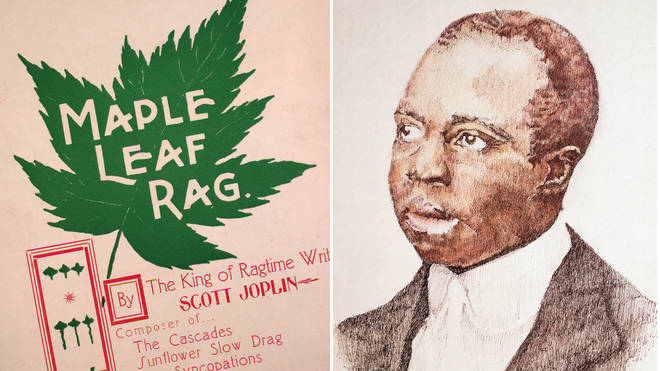in hilarious skit...
When a fictitious baritone took on the work of a classical giant – and it all went terribly wrong.
Here’s the moment Rowan Atkinson hit a nerve with every choral singer on the face of the earth, with a hilarious skit in which he misplaces the lyrics to Beethoven’s Ninth Symphony.
Under the alias of “distinguished British baritone” Robert Bennington, Atkinson cues the glorious choral ‘Ode to Joy’ finale, Beethoven’s famous setting of German poet Friedrich Schiller’s text.
Atkinson’s baritone character launches into the anthem of the European Union, annunciating the triumphant poem with fervour. But at the end of the first verse, disaster strikes, and he realises he has forgotten the rest of his sheet music.
Left with no other option but to wing it, the baritone panics and begins to spout randomly combined German words.
And so, Beethoven and Schiller’s immortal vision of the human race becoming brothers, slowly descends into a shambolic melting pot of apple strudels and lederhosen (watch below).
This was far from Atkinson’s first rodeo in the world of musical comedy – or indeed, the music of Beethoven.
In 1981, Mr Bean’s creator acted out a brilliantly chaotic skit in which he conducted Beethoven’s Fifth Symphony.
There was also the time Atkinson exercised his extraordinary rubber limbs in an ‘air piano’ sketch of the third, exhausting, movement of Beethoven’s ‘Moonlight’ Sonata (watch below).
And who could forget his cameo at the Opening Ceremony of the 2012 London Olympics, in which he played the London Symphony Orchestra’s unruly keyboard player in a performance of the Chariots of Fire theme.
“Music and comedy sit extremely well together, but they have to blend,” Atkinson told Classic FM More Music Breakfast’s Tim Lihoreau in 2018. “They can’t fight each other – it is a dance.
“Music is many ways in the straight man to the comedy, that essential support mechanism against which you can play.”
(C) 2021 ClassicFM London



